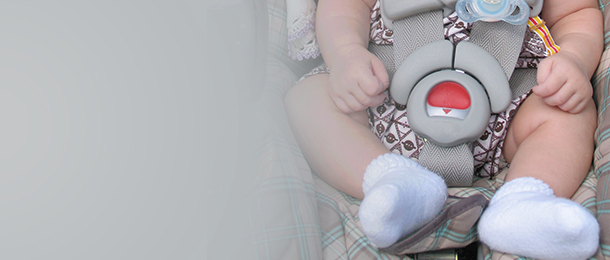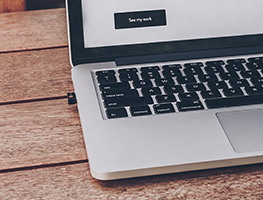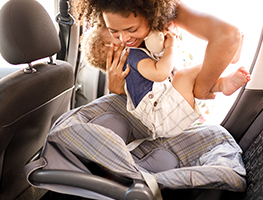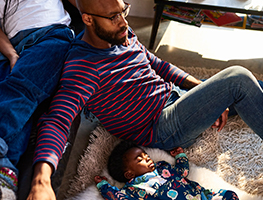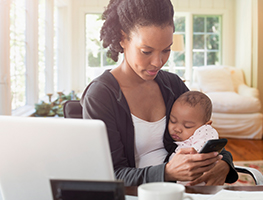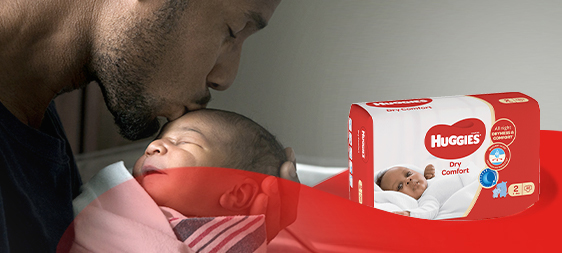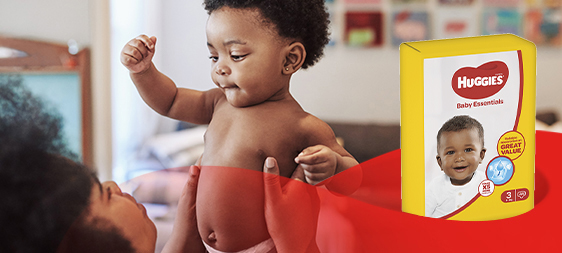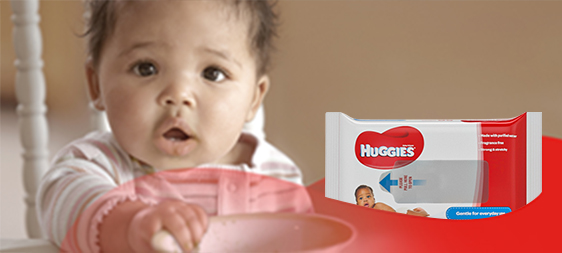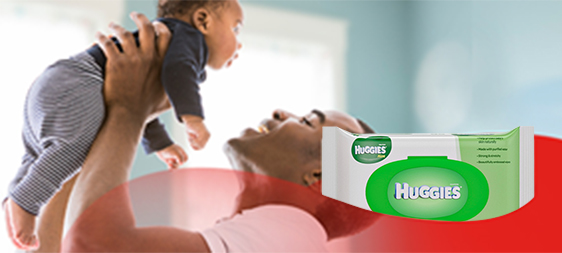Child Safety on the road is important
These laws go a long way to improving safety when travelling with children. It is not too much to expect parents to comply with these laws, when you consider that of all the deaths in children aged 5-9, nearly a third are from car accidents. These children are at risk because many people are not consistent with car safety.They keep their children in their car seats and restraints until a certain age and then when they are "big" enough, allow them to choose whether they want to buckle up or not. This is not a choice! Remember, when the car stops, you don't - and it won't take much to send someone flying through the windshield.
Even worse is to keep a child or baby on your lap when driving. "But I can hold them if there's an accident. " Some say. Not true. You won't be able to stop that child from flying through the air when the car comes to a sudden halt. Your arms are no match for a safety belt or a restraint. Make sure everyone is buckled up!
Age and stage appropriate
-
The regulations for child restraints are based on age specifications and your child’s weight (the maximum weight as stated by the manufacturer should never be exceeded).
-
This is done to make it easier for parents and carers to follow guidelines on using these restraints / seats.
Newborn to 6 months: Infant car restraint
-
Must be used facing rearwards at all times. In a collision, impact will be on seat and not on baby. Also, a deploying airbag could seriously harm a baby.
-
Must be used with the three point adult seat belt.
-
The baby must be securely held in the seat by the harness.
-
Use this until your baby reaches 9 - 12 kg (depending on the model of car seat you own) and is at least 70 cm in length.
-
A child should remain in the reverse position for as long as possible and, at a minimum, to around 9 months of age.
0 months to 5 years: Child car restraint (forward facing)
-
These seats should face the rear of the car until your child weighs ± 10 kg or is 9 months old.
-
After this the seat can be turned around, facing forward.
-
The method of installation will vary from seat to seat and from car to car – you should read the manufacturer’s instructions on how to fit the seat.
-
Most of them are used with the three point adult safety belts, lap belts or special anchorage straps.
-
Use this seat until:
-
Your toddler weighs at least 18 kg or reaches the maximum weight as indicated by the manufacturer;
-
Their shoulders are too big to fit comfortably, or
-
Their eye level reaches the top of the restraint.
Children aged 2 to 10 years: Booster seats with / without a harness:
These safety seats are light and versatile and can be secured with a three point adult safety belt and can be used on the front or back seat with adult safety belt.
A booster seat should be used until you child's eyes are level with the top of the rear seat and until your child has grown sufficiently to wear a seat belt, usually at ± 7 years.
It enables an adult seat belt to be positioned safely across your child's shoulder.
These cushions are used when children have outgrown the forward facing child car restraint.
This seat will help position the seat belt and improve their view from the car.
From 4 years until the age of 7, children are to be restrained in either a forward facing child restraint, or booster car seat restrained by a correctly adjusted and fastened seatbelt or child safety harness.
Children up to 4 years of age must be restrained in the rear of the vehicle (where the vehicle has two or more rows of seats).
As a guide, it is best to buy a rigid booster seat with a back, side wings and a sash guide. This will help to keep the seat belt in place.
What to look out for
Here are some points to consider when purchasing car seats or restraints:
-
Is it suitable for your child in relation to their age, weight and size?
-
Is it appropriate for the size of the seat and make of vehicle?
-
What are the features of the restraint?
-
Will it be easy for you to fit in your car?
-
What is the warranty and after sales service provided with your restraint?
Is buying second-hand okay?
-
Second-hand is acceptable, but preferably when you know the person you are buying from.
-
Under no circumstances should you buy a restraint that has been involved in a crash. It may have compromised the safety of the restraint.
-
When purchasing a second-hand restraint always check for signs of wear, like cracks, faded or frayed straps, or a buckle that doesn’t work.
-
Test the buckle and adjusters to make sure they still work properly and ask for the instruction manual. If it’s missing you should contact the manufacturer and ask for a copy to be sent to you.
Should I hire a child restraint?
-
Hiring a restraint is an economical solution if you only need a restraint for short-term use.
-
This will also allow you to get an age appropriate restraint.
But if I sit in the back - surely I don't have to wear a safety belt?
Many people use the excuse of sitting in the back not to wear a safety belt, but one should sit in a car unless such a person is wearing the seat belt.
If a seat is equipped with a seat belt then it must be worn.
For more information see Baby car safety or Parenting

